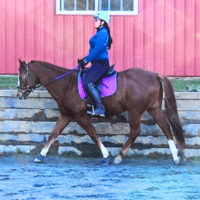Are you wondering what a wild bay horse is?
Well, there are bay horses in the wild, but what I am referring to is actually a coat color.
Wild bay, like standard bay, is a specific shade of the bay horse coat color. There are many shades of bay. Wild bay is believed to be genetically different than the other bay colors.
Keep reading to find out the characteristics of the wild bay shade, some quick facts, how to identify a wild bay and a gallery of wild bay horse photos, so you get a good sense of what they look like.
Table of Contents
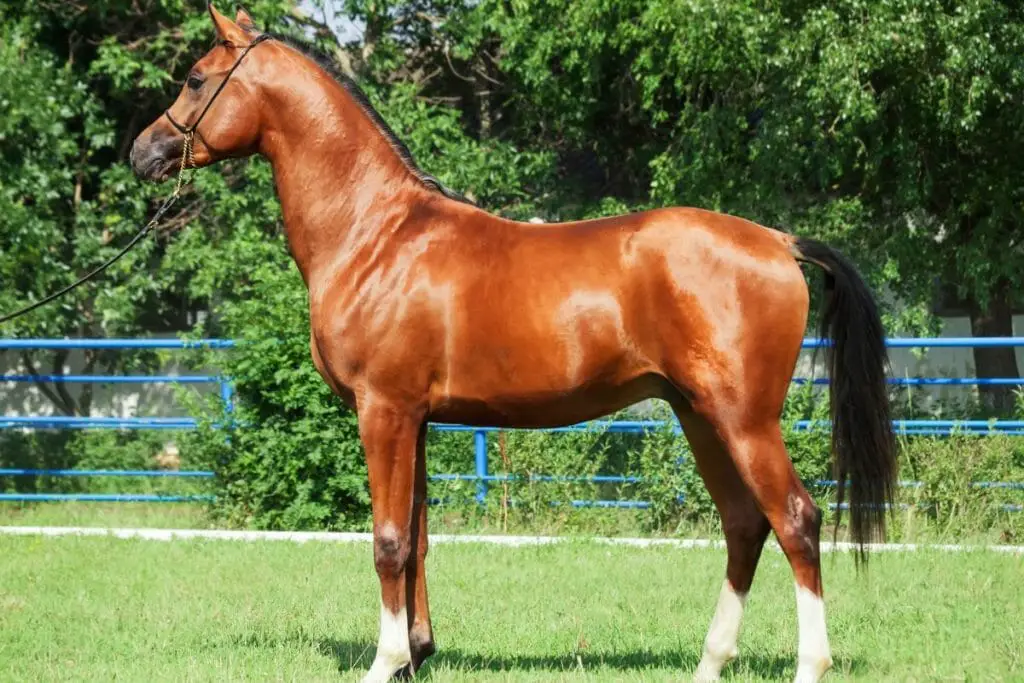
Description Of The Wild Bay Horse Coat
Wild bay is a color variation of bay. Wild bays, like other bay horses, have a reddish coat with black points (legs, mane, tail, and ear tips). However this shade of bay tends to vary from a standard to a lighter bay color, with the black points on the legs below the knees.
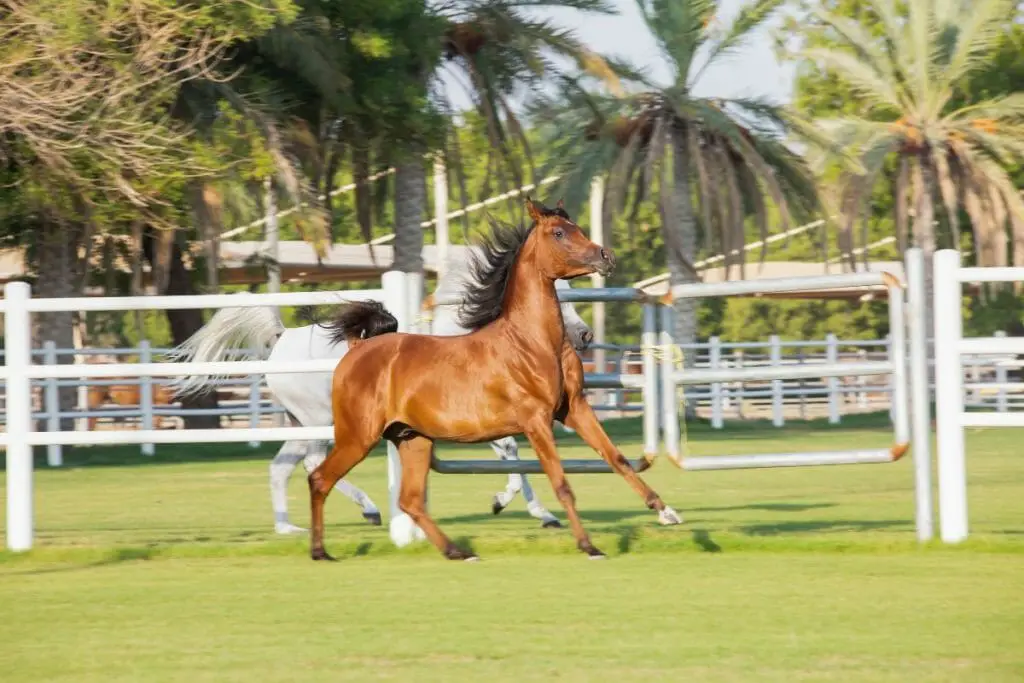
7 Quick Facts About The Coat Color: Wild Bay
Here are some more details regarding the wild bay coat variant now that you know what a wild bay looks like.
- The wild bay is also known as a “low-point bay.”
- The wild bay is sometimes found with a trait called “pangaré,” which gives the underbelly and soft areas, like the area around the stifle and the nose, a pale color.
- These bays have lighter coats than the majority of bay horses.
- The wild bay is theorized to be a modification of the Agouti locus gene called A+
- Another idea theorized by some is that the wild bay allele is part of a completely separate gene, not Agouti.
- The wild bay gene is hypothesized to be dominant.
- At this time, no one knows what causes wild bay in terms of genes.
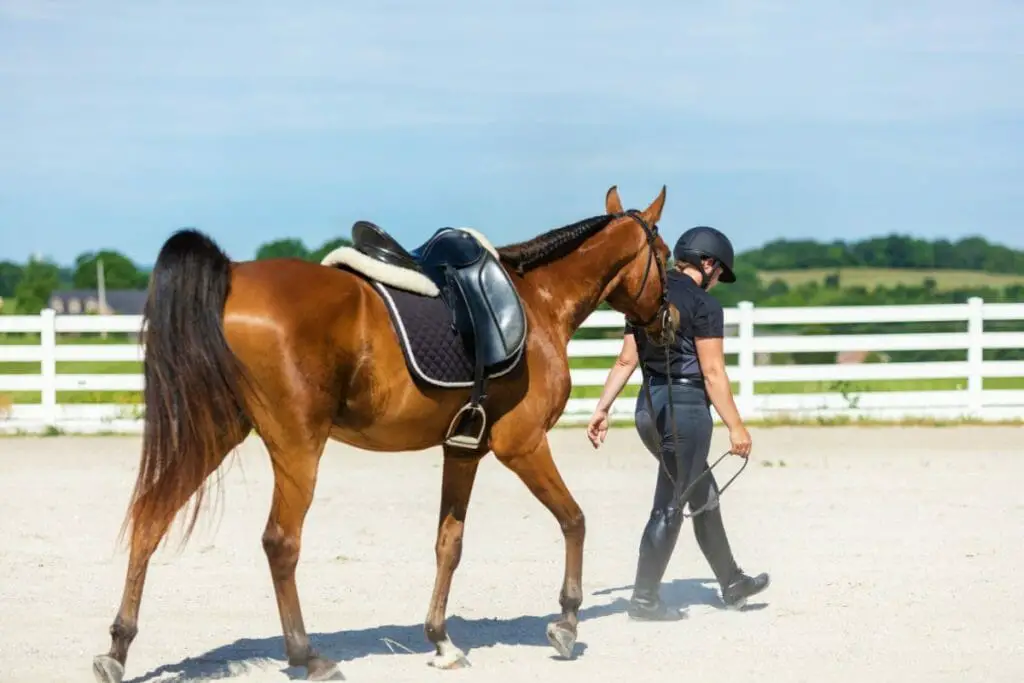
Identifying a Wild Bay: Questions To Ask Yourself
In order to determine whether or not a bay horse is a true wild bay, consider the following questions.
- Is the horse bay, (reddish brown, with black points?) If there are no black points it is not a bay. If the coat is yellow to gold colored it is not a bay.
- Are the horse’s black points on the legs below the knee around the fetlock area and below? If the black marking covers the legs up to the knee it is not a wild bay.
- Is the horse a lighter bay color? The color can vary from the standard bay coat color to a lighter bay color.
- Does the horse have the mealy or pangaré markings? Wild bay horses commonly have this trait.
Wild Bay Photo Gallery
You may see examples of the wild bay coat color variance in the pictures below.
If you want a better look, just click on the picture, and it will open in a new tab so you may study it in more detail. If you have any bay horses in your life, use these to get a sense of the hue.






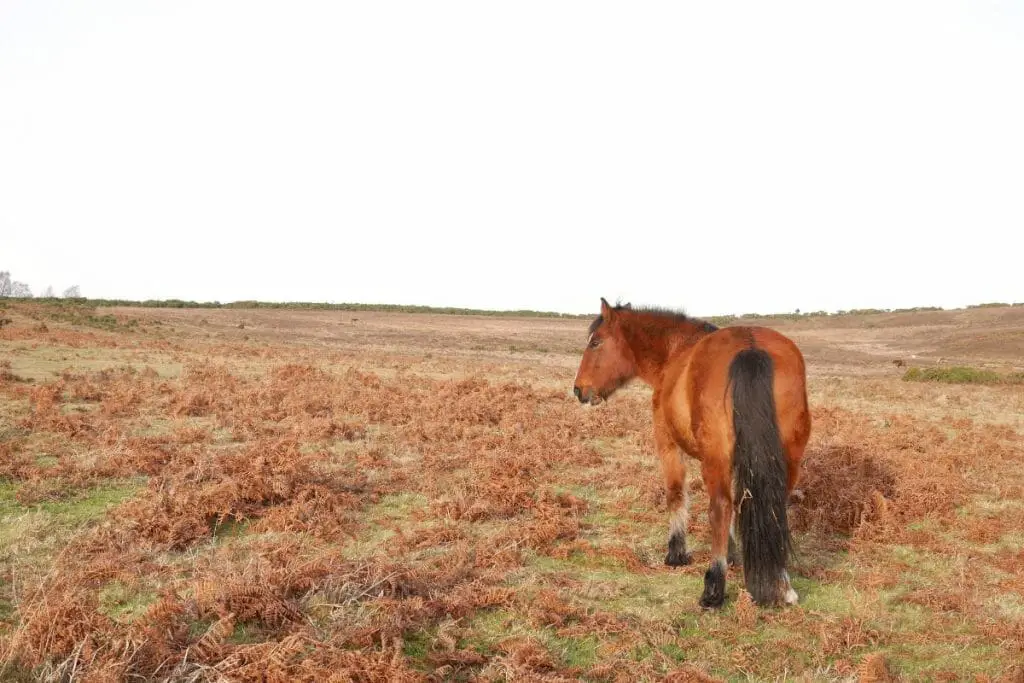
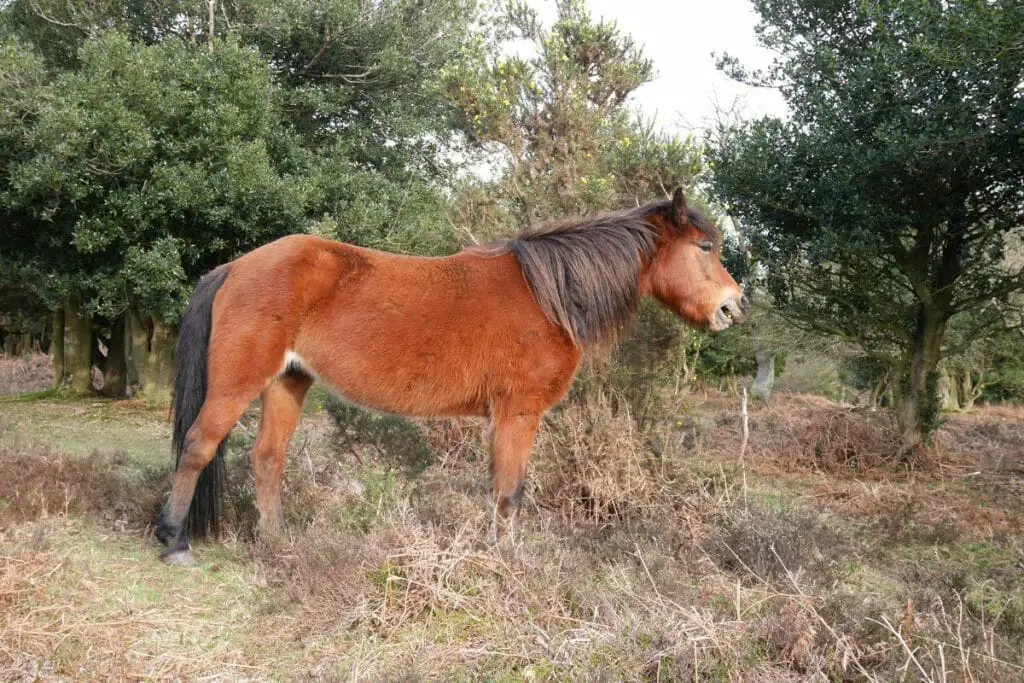
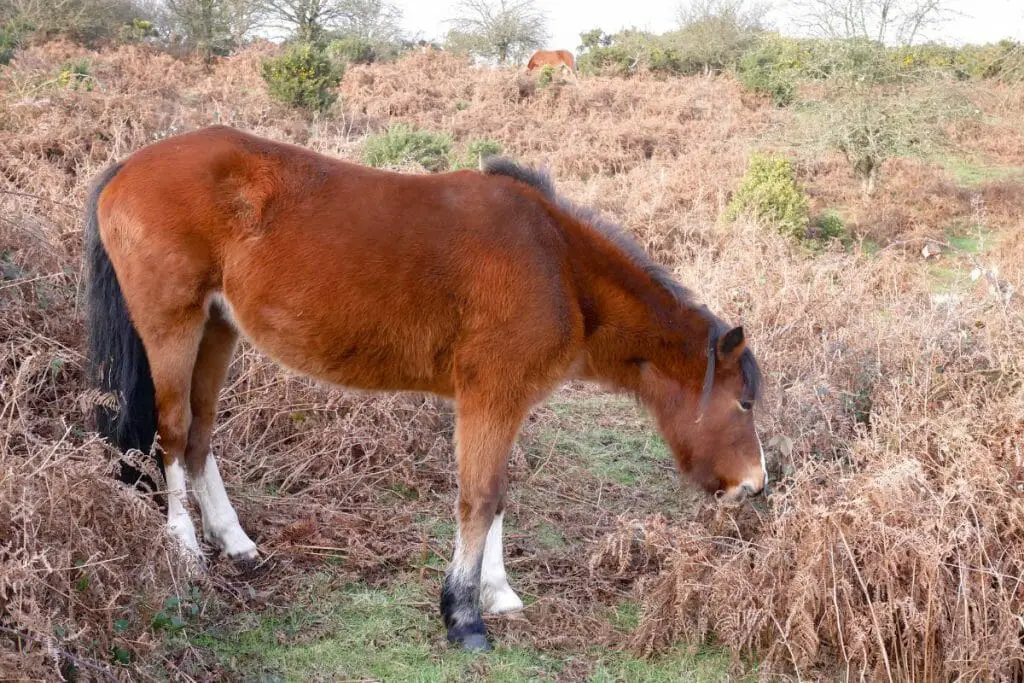
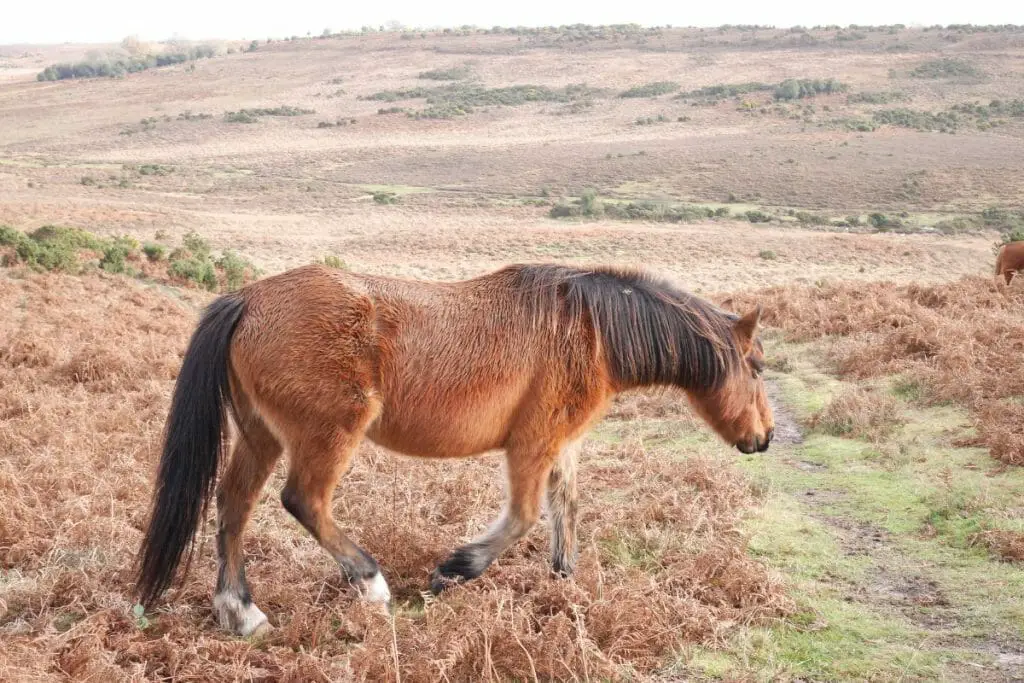
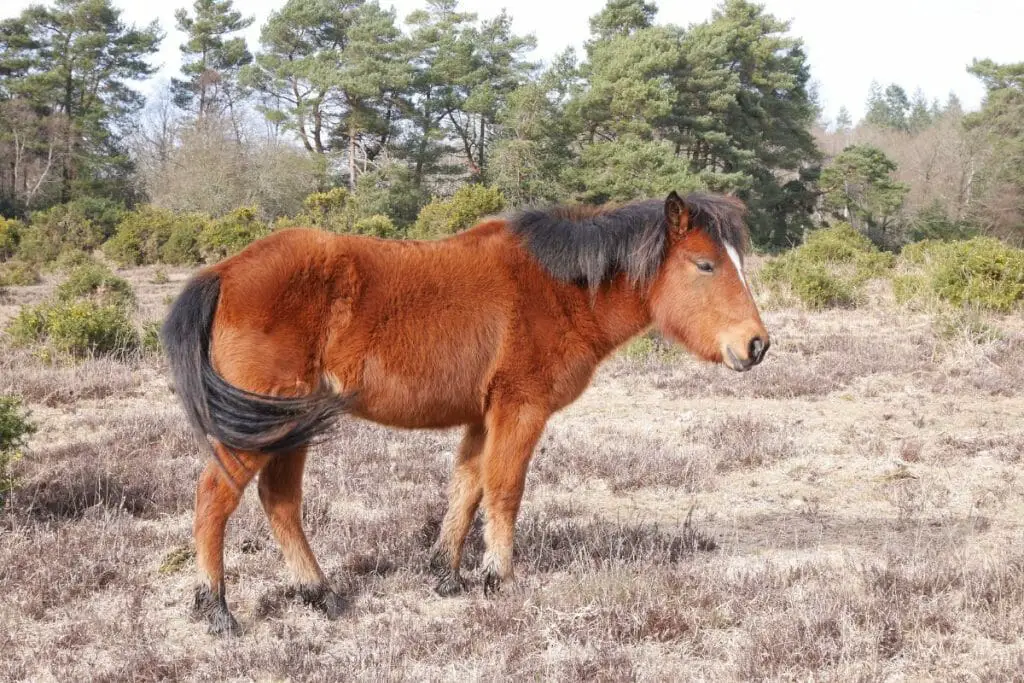
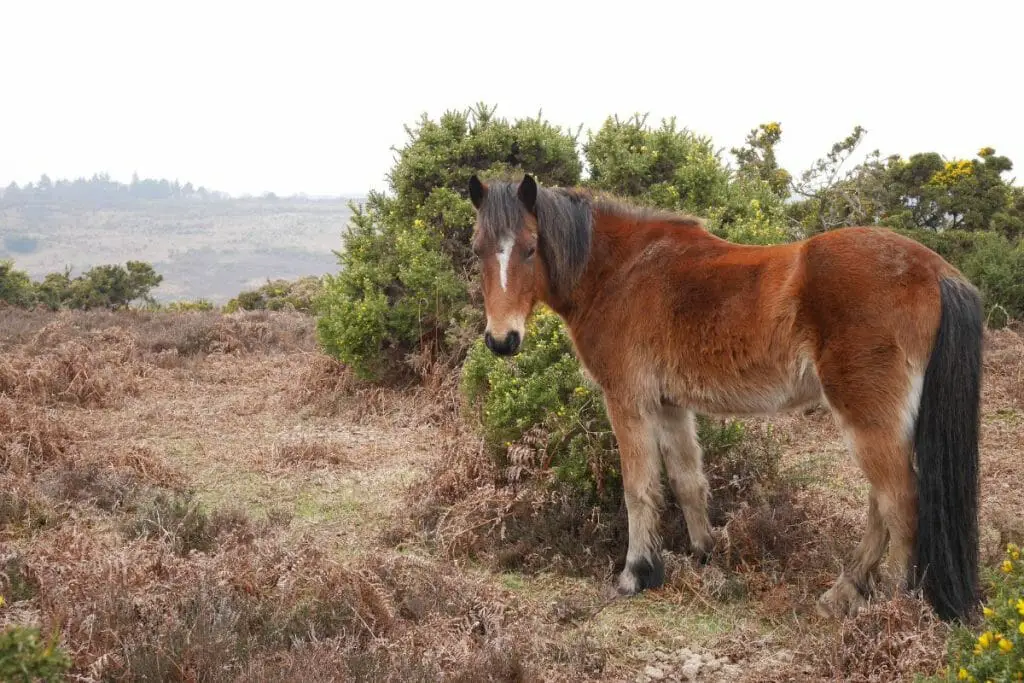
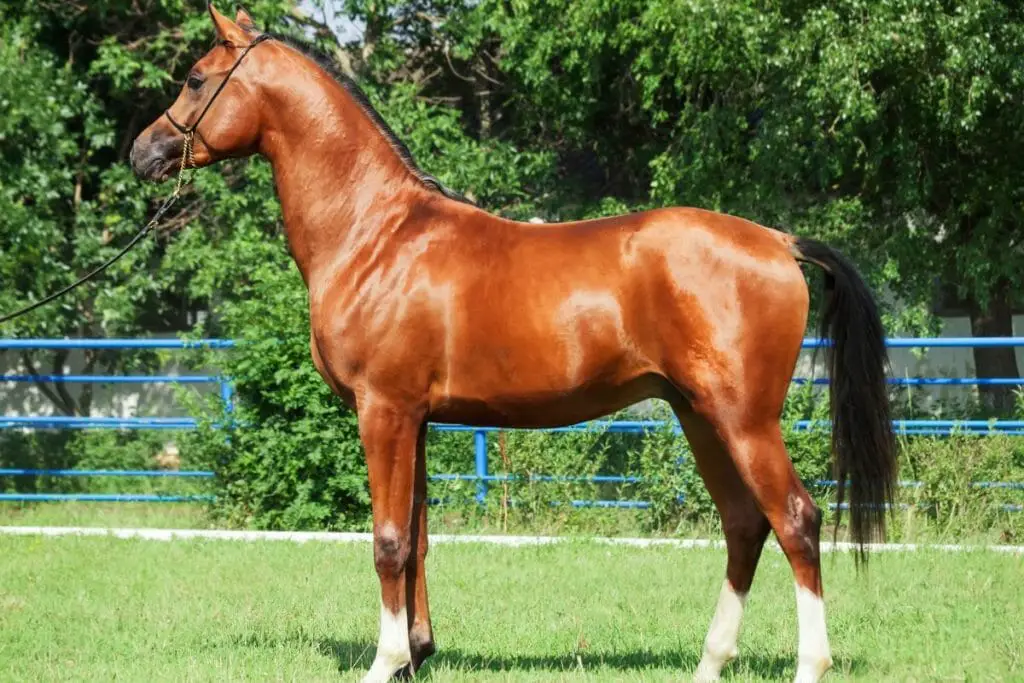
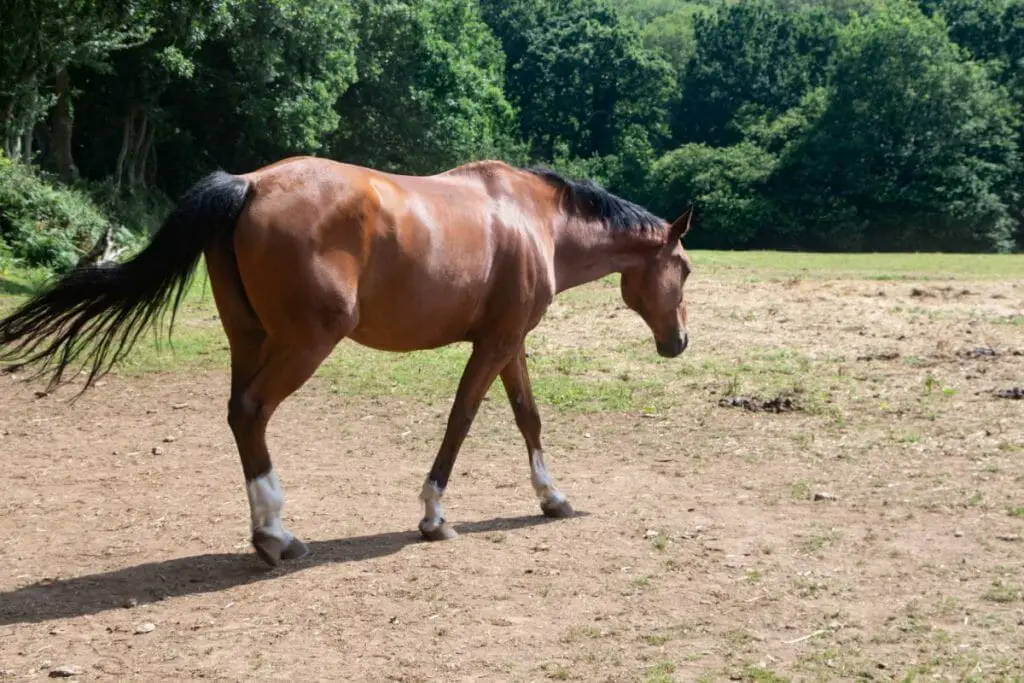
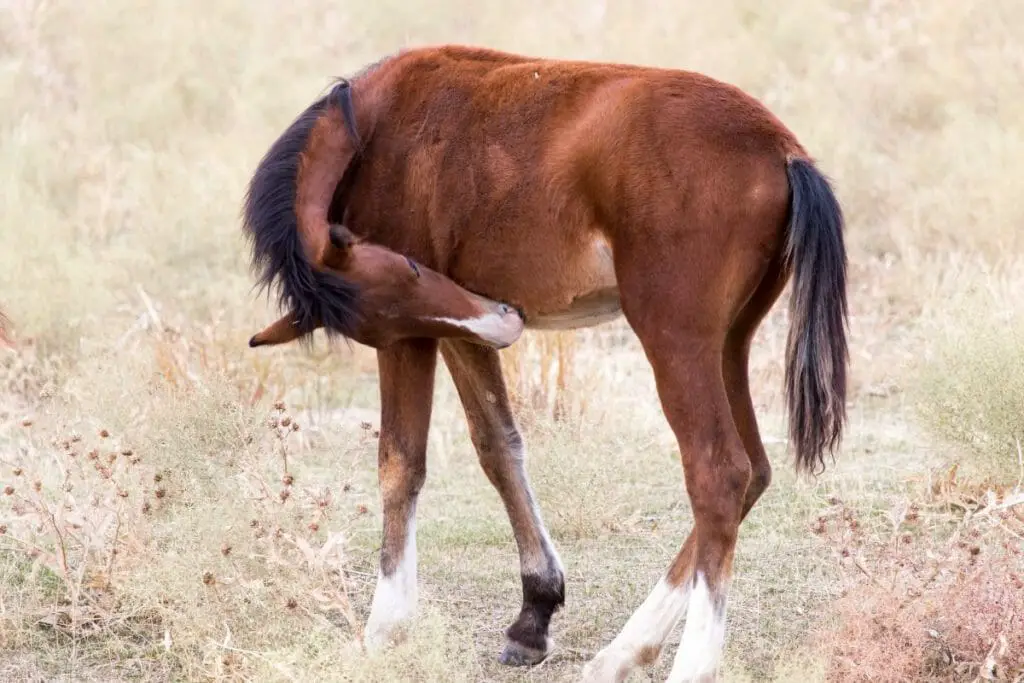
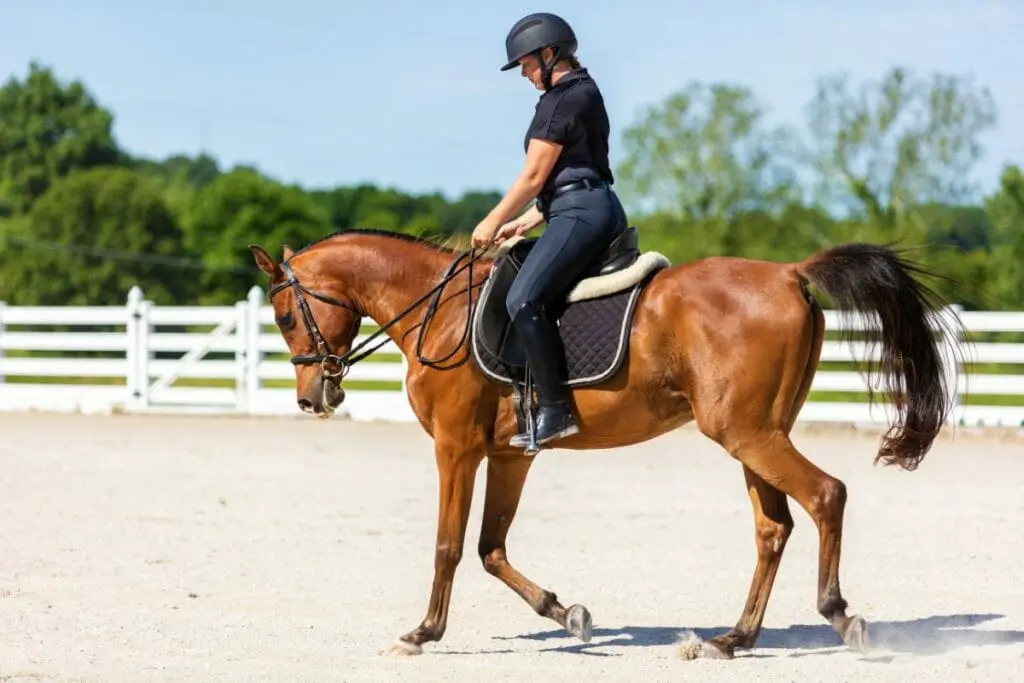
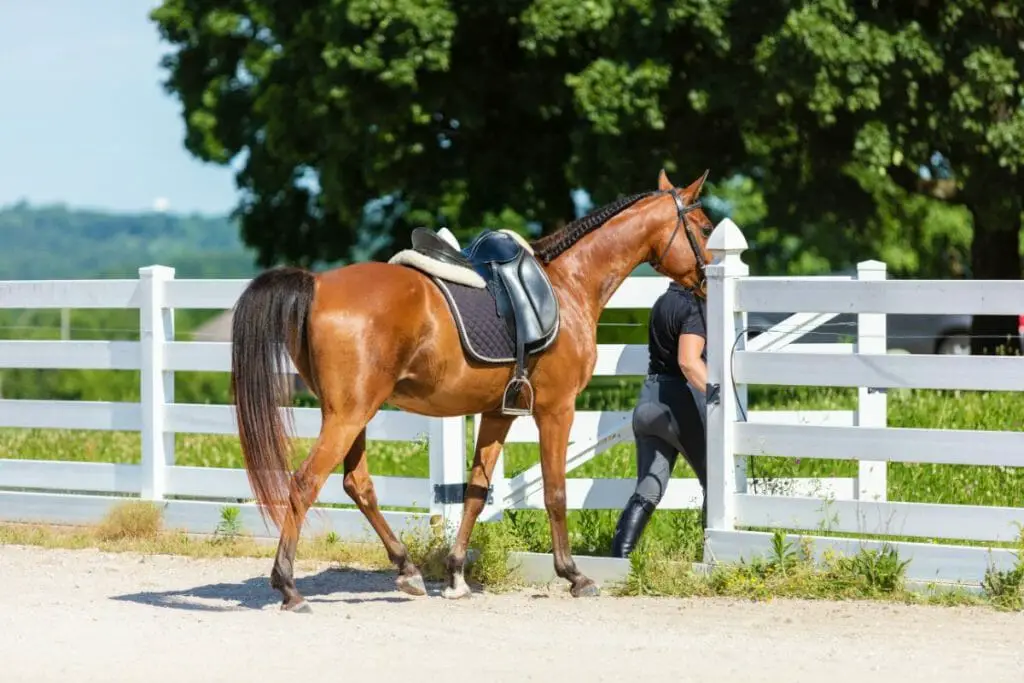
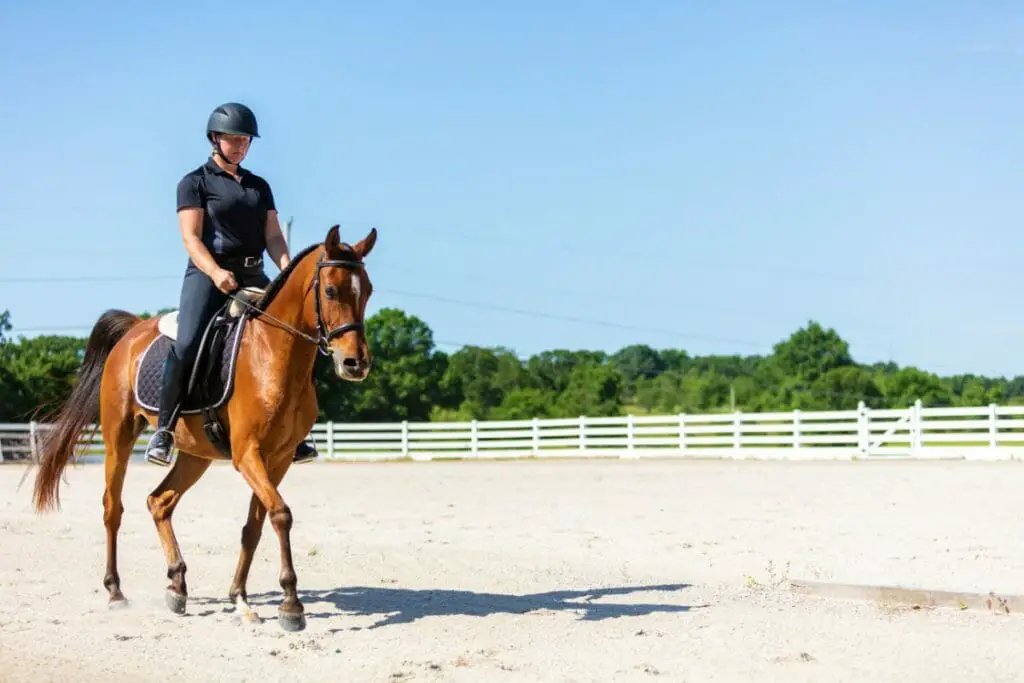
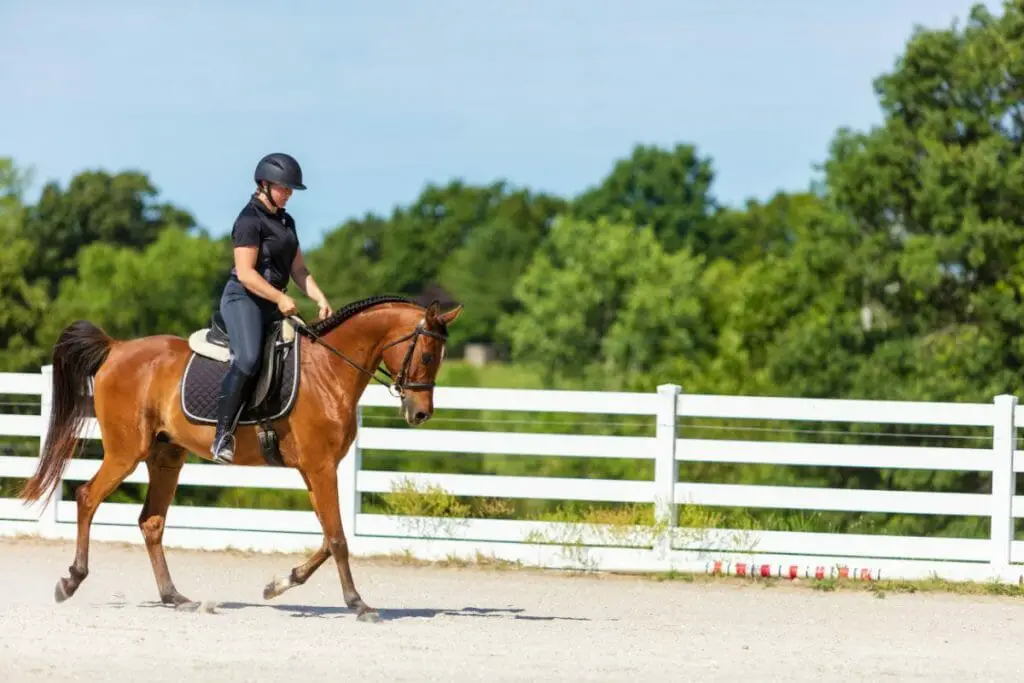
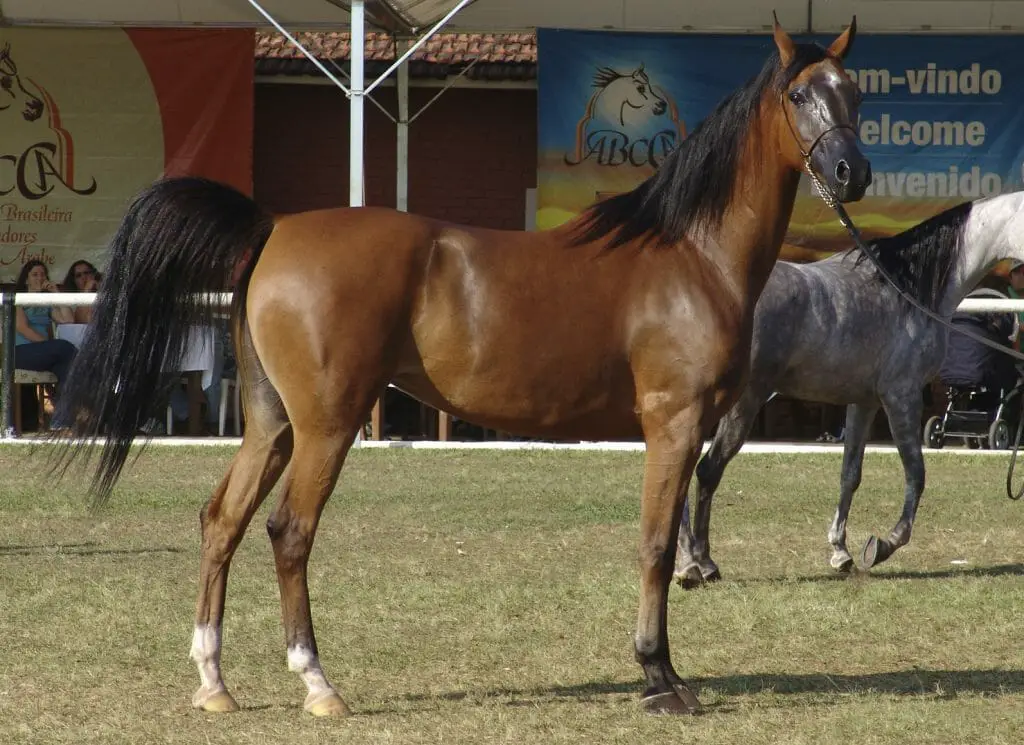
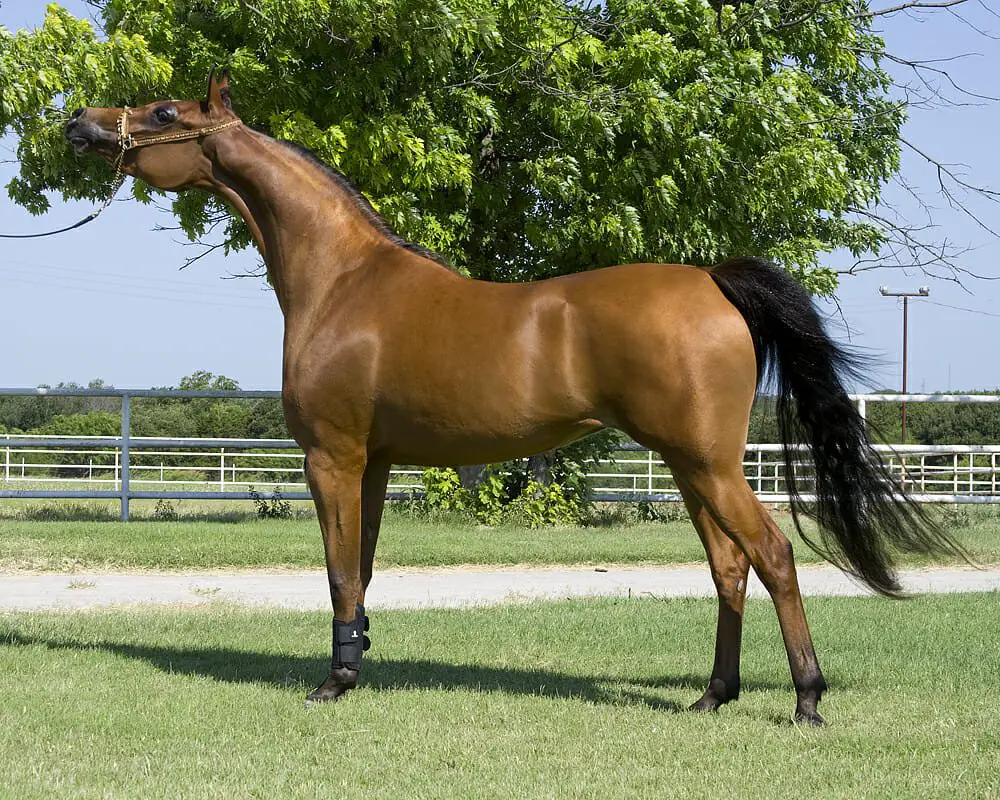
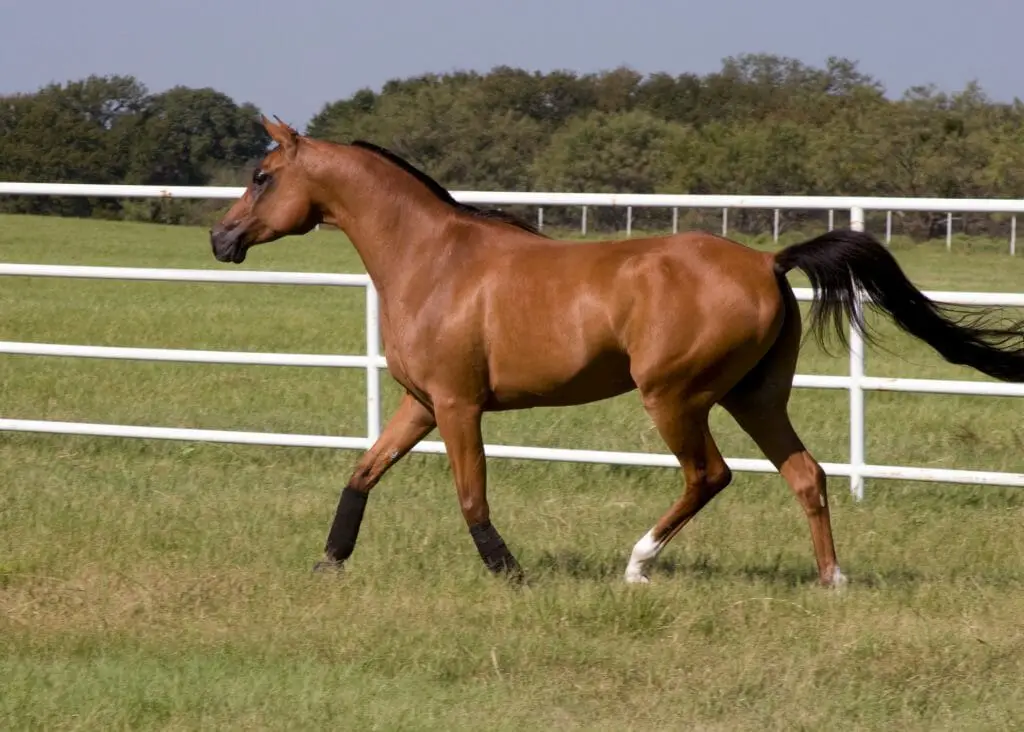
Video: Friesian Cross Arabian With Wild Bay Coloration
Wrapping Up
You should have a much better idea of what a wild bay looks like now. You’ve read the description, seen the photographs, and now you know how to recognize a wild bay.
Do you personally know any wild bay horses?
Cheers, Kacey
P.S. To discover more about the bay coat color and its color variants, see the following blog post:
Bay Horses 101: Learn All About The Beautiful Shades Of Bay.

